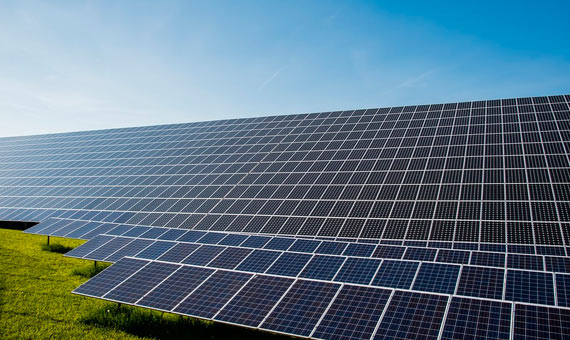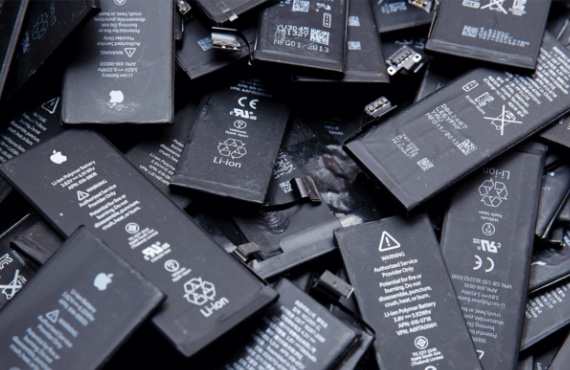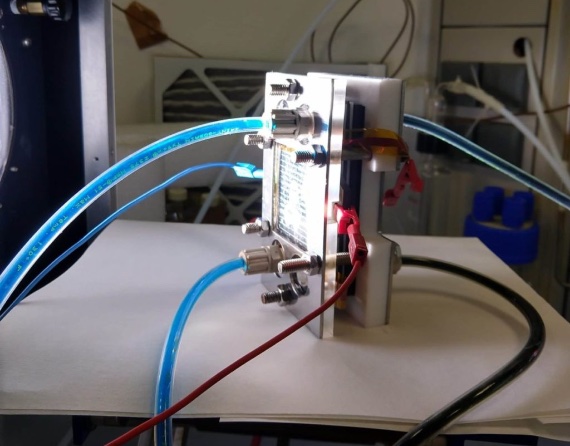In recent years, tech magnate Elon Musk has promised to conquer space, make it possible to travel from Los Angeles to San Francisco in just 35 minutes thanks to vacuum tube transport, and fill the roads with electric and self-driving cars, among other ambitious schemes. Some of these projects are still alive and well; others, not so much. But the future to which the founder of PayPal, Tesla and SpaceX aspires involves massive energy needs that today more than ever call for new, more capable and environmentally friendly solutions. This is a demand common to every aspect of the technological push in which we are immersed: from a small smartphone to an enormous solar power plant, we need new energy storage systems, and that is why batteries have become the great obsession of technology companies. The search is on for the battery of the future: more powerful, longer-lasting, safer and more sustainable.

In our technological age, lithium-ion batteries have become the common industry standard, used in everything from mobile phones to electric vehicles, and have made all our portable devices possible. But they have their limitations. One of them, and one that has caused quite a stir, relates to safety. In September 2016, a Samsung Galaxy Note 7 exploded and set fire to the Jeep in which it was charging. Less than a month later, a commercial airliner had to be evacuated when a phone of the same model started to smoke. By then, dozens of cases of burning handsets had already been reported and the South Korean company had halted production. Today we know that the cause of these explosions was caused by faulty battery design, and that the problem has also affected other devices. And although these are anecdotal and very rare cases, they have caused great concern among users.
The explosion of batteries highlights a challenge: shrinking the size of batteries and at the same time providing them with more capacity carries great risks. For this reason, companies have now taken a “think-outside-the-box” approach to the problem and changed the direction of their efforts. Today, the near future for batteries is not that they last longer, but that they can be charged much faster. The goal is to get hours of use from just a few minutes of charging.

Companies and universities in search of the golden battery
In recent years, companies and researchers have focused on fast charging. Qualcomm, the company that manufactures the “brains” of a large number of devices, has released successive versions of its Quick Charge charging system. The latest to date, version 5, promises a 50% charge in five minutes with 70% more efficiency. Samsung and Huawei offer their Super Fast Charging and Supercharge systems, respectively, with the same intent.
Meanwhile, researchers are exploring new ways to speed up the charging process, which depends on the speed of the transport of lithium inside the electrodes. This in turn is influenced by multiple factors including the battery cell design and the materials of the anode, cathode and electrolyte. Some research has found methods to speed up the movement of lithium, for example by adding large metal ions such as potassium. Faster charging is of particular interest for electric vehicles, whose use is limited by recharging time. However, fast charging systems have the disadvantage that lithium tends to be more easily immobilised between the carbon layers of graphite on the anode, which in turn degrades this electrode. This results in a loss of battery function.

Counteracting degradation
This progressive deterioration is another major problem with today’s lithium-ion batteries. Repeated charging, especially in mobile phones, leads to rapid degradation and a loss of some of their effectiveness after about a year of use. The lifespan of batteries is about 1,000 complete charge/discharge cycles, and so far no possibility of extending this has been found. Scientists are studying methods and structures of new batteries to extend the lifetime by facilitating fast charging while avoiding lithium deposition at the anode. They are also exploring possible new avenues such as replacing batteries with flexible or cable-like supercapacitors that promise a full charge in seconds and a lifetime of 30,000 charge/discharge cycles, and would take up much less space than today’s batteries.
On the other hand, new proposals include different solutions for different uses. One example is flow batteries that store energy in external liquid tanks, which could last more than a decade without degrading. One such battery developed at Harvard University uses organic molecules dissolved in pH-neutral water, a formulation so stable that the batteries will lose only 1% of their capacity for every 1,000 cycles. They are also considerably safer, as this solution contains no corrosive or toxic elements. Such batteries are suitable for storing energy produced by solar or wind power plants, but could also be adapted for use in households.

Such batteries could help mitigate another problem with existing batteries: their ecological impact. In addition to using toxic and corrosive compounds, lithium-ion batteries have such a high environmental cost—mainly due to the extraction of the metals and rare earths used in their production—that manufacturing an electric vehicle has a larger pollution and emissions footprint than a conventional one. However, this is offset over its lifetime.
But on the road to greener batteries, a current trend is to explore solid-state batteries, which replace liquid or gel electrolyte with solid electrolyte, achieving greater energy storage with longer life and greater safety with less toxicity, but with the trade-off of slower charging. This technology is currently being applied to lithium-ion batteries and is already being considered for commercial use in automobiles, although at the moment the price is high.
In short, there are many and varied avenues being pursued in the quest for new batteries that are more capable, faster, safer and more sustainable, using alternative materials such as manganese, sodium, silicon or vanadium, dispensing with other increasingly expensive and scarce materials such as cobalt (present in lithium-ion batteries), and applying designs based on nanotechnology. At the moment, the vast majority of these proposals are still in the research, development or experimental use phase, and there is as yet no clear winner that promises to make our old, familiar lithium-ion batteries obsolete. Thus it seems likely that we will still be dependent on them for the foreseeable future. But with experts warning of an expected lithium shortage in just a few years, the batteries of the future will need to get charged up to quickly jump from the lab to our devices.
Comments on this publication